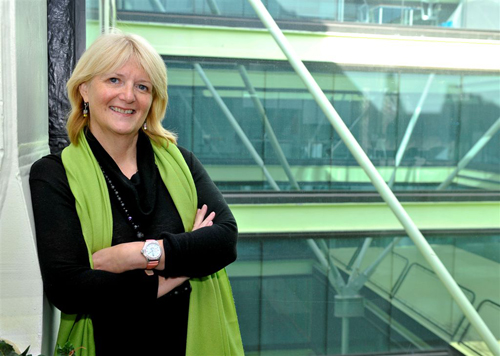Case Studies
 |
||
| Marakech Success in retailing in the UK used to be about being in the right location; nowadays the trick is to be in the right place, at the right time, with the right products but the challenges are even greater as the retailer has to operate shopping services on a 365 days a year 24/7 hours a week time scale, both online and offline. In the UK, retailers use sophisticated technology and highly developed management expertise to analyse demand in order to create highly efficient and effective retail operations that can satisfy the demands of the various appetites of the 21st century shopper. In Marrakech, retailers offer a very different shopping experience to the UK high street. 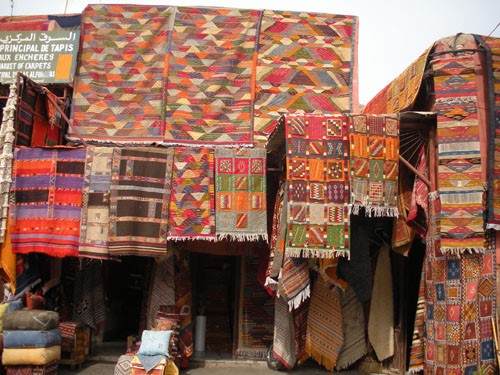 Craft-makers and artisans fill the big square where cobras sway to the hypnotic sound of the charmer’s pipe and the intense aromas of spices, oils and herbs tantalise your nostrils.· The alleys and passageways of the souks (the markets in the commercial quarter of the city) that lie behind the square are selling everything from - freshly squeezed· oranges, carpets, argan oils, silver jewellery, lamps - to false teeth. 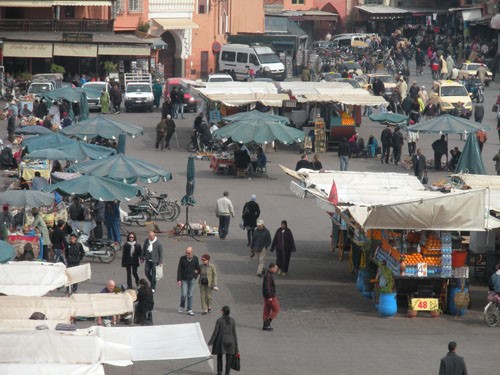 Marrakech has much to offer the intrepid shopper but is different to the carefully planned UK retail experience. The compact stalls of the souks are crammed full of piles of stock of every shape, size and colour of the products on offer e.g., carpets, kilims, scarves, kaftans and slippers. Sellers are keen to please the customer and there are no fixed prices as sellers are ready to negotiate to make a ‘good deal’and complete the transaction. 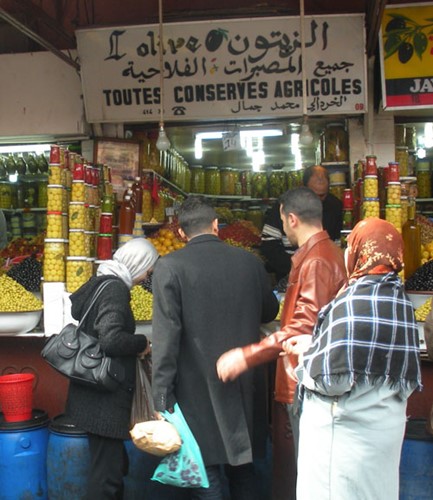 As I entered the old slave market (now selling second hand clothing, wools and carpets) I passed a shop where to my surprise a chipmunk ran over my foot and tortoises, small rodents, large animal skins and associated animal products were on sale.  The shopping experience in the souks is very different to that of the efficient, homogenised, sanitised and risk assessed high-streets of the UK. The challenge of haggling over prices, trying on garments in view of passers by and the mental challenges of the ethical issues associated with some of the more unusual products on sale is not to every shoppers taste and this experience could send many shoppers searching for the sanctuary of a modern mall where they can refresh themselves with fast food and calm their shattered emotions by browsing (uninterrupted) through displays of well-known global fashion brands. 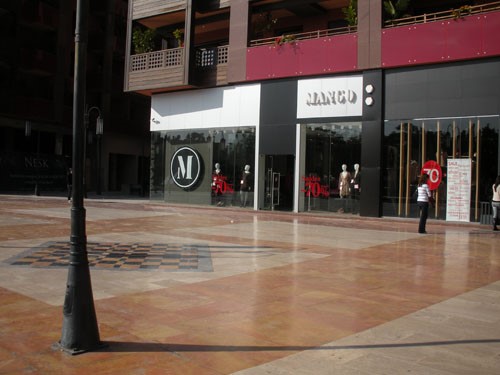 Outside the walls of the Medina (the old town) of Marrakech, is the newer part of town where marbled terraces, fountains, and retailers from UK and European high streets adorn the Plazza opposite the Place du 16 Novembre. This is a starkly different location and shopping experience to the big square. Prices are fixed, stores assistants, allow customers to wander around their stores without so much as a ‘hello’. However, there are few customers on a sunny morning in spring 2011; most stores are offering massive discounts e.g., 50 to 70 per cent to entice shoppers inside and there are many vacant shops. Surprisingly, despite there being many vacant shops in the Plazza shopping area, another new shopping complex is under construction, up the road with space for more supermarkets, boutiques, and hotels. 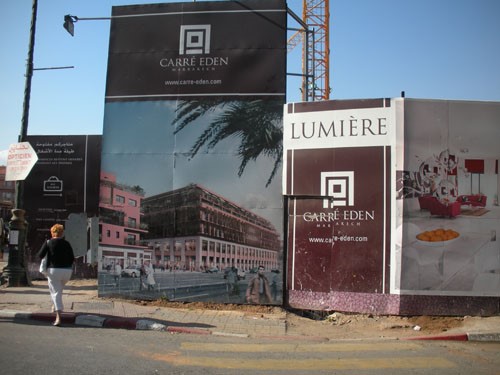 Given the apparent lack of interest in the western shopping experience (by current shoppers) it may seem strange such investments are being made. But there are changes taking place, which have begun to significantly affect the development of retailing in Marrakech: growth of tourism. The national and local Government is investing in developing the retail environment and aims to attract 20 million tourists a year by 2020. The development of retailing is central to the strategy to attract more visitors. Currently the official figure is around 4 million visitors a year. While the local craftsmen and artisans are less than keen about these new development as modern retail methods could affect their trade. There are already signs of the ‘spend your money shops’ more akin to a British sea side town than a historical North African centre of trade encroaching on the edges of the souks. Perhaps the answer for Marrakech is to ensure that traditional retailing doesn’t become a thing of the past as modern branded high streets are developed to attract affluent tourists (from Europe and North Africa to buy in shops where there is comfort to be had in fixed prices and high-quality branded merchandise. There is no question that the retail environment will adapt to changing demand, and while low cost airlines continue to deliver volumes of tourists from Northern Europe, and Russia for holidays and long weekends the demand for the modern retail experience is likely to grow. However, there are other forces influencing change: the price and use of carbon-based fuels, political unrest in Africa and global economic recession, which will all influence development of the retail environment. Undeniably, there is currently a demand for a more contemporary and modern style of retailing in Marrakech but only time will tell exactly how retailing will change in response to environmental forces. All images in this blog © Fiona Ellis-Chadwick |
||
 |
||
